-
Posts
2.332 -
Joined
-
Last visited
-
Days Won
60
Posts posted by Sundiata
-
-
-
I like these:
Spoiler27 minutes ago, The Great Caesar said:6) City life
Make general city life more interesting. Maybe even random events (like in Total War: Rome or Europa Universalis) i.e a religious festival (increasing morale) or a military parade.
0AD's towns need to come to life with random animations and triggered events
28 minutes ago, The Great Caesar said:7) Farmer units
Argicultural specific units. 50% chance of a male or female farmer unit being spawned. They'd have a boost when farming but be horrible at everything else. Maybe even child farmers.
I think basic worker/farmer units should be 50% male/female. Citizen soldier is fine, but dedicated farmers that aren't 100% female is better.
28 minutes ago, The Great Caesar said:9) AI banter
When playing a game against the AI, it would say things depending on specific factors like whether or not it is winning. If winning, it'll generally trashmouth you but if losing, it'll beg for mercy and such.
Would really love that! And there should be plenty of variation.
28 minutes ago, The Great Caesar said:10) Bandits
AI bandits that spawn from a small bandit camp. Bandit heroes could even be added to. Bandits would raid trading routes and smaller settlements, but are weak compared to citizen soldiers. Their strength would be numbers and maneuverability.
Similar to the minciv concept, which is a more developed idea.
29 minutes ago, The Great Caesar said:13) Splinter fations and civil war.
This includes the option of assigning an AI commander to manage a settlement for you, so you don't have to worry about it. If you don't support an AI governor enough, or if their morale drops severely, they may splinter off and declare war on you. They could also join forces with an enemy.
Assigning a settlement/CC to an AI commander/governor would be soooo cool!!! Dramatic population cap increase, combined with the risk of treason or revolt (switching to an enemy, or declaring independence, becoming a whole new faction, mid-game!).
I believe some adaptations/variations of some of these ideas would start putting 0AD in a whole new league.
-
I think it would be nice to see visual upgrades for individual CC's, like the Han Chinese fortified CC upgrade, with a territory and defence bonus. Village phase CC's should be more rudimentary, cheaper and weaker. I think not being able to build too close to another CC (your enemy or your own) is a good thing. I also think you shouldn't be able to start a new building (including CC) in range of an enemy military structure, or in the vicinity of enemy troops.
I think this would positively influence the use of CC's and prevent other forms of building rushes.
-
I'm not an expert on the Xiognu, but I'm pretty sure Lion's references on shamans is entirely spot on! It's the oldest form of spiritualism, pre-dating Buddhism, practiced by Xiognu, Mongols, Huns and Turkic people alike.
This is a nice visual source on Xiognu, from "a special exhibit about the ancient Xiongnu people held at Henan Provincial Museum in Zhengzhou in April and May, 2012": https://www.flickr.com/photos/101561334@N08/albums/72157636669830915/page1
Special Exhibit: Xiongnu, Henan Provincial Museum, Zhengzhou:
Yes, I know, it looks similar to Native American attire... This is simply explained by the Siberian origin of many of the first settlers of North America. Their spiritual beliefs were born out of the same substrate. Anyway, we can be pretty sure those references are what "priests" really looked like, and what the shamans of their Mongol descendants still look like today!
Spoiler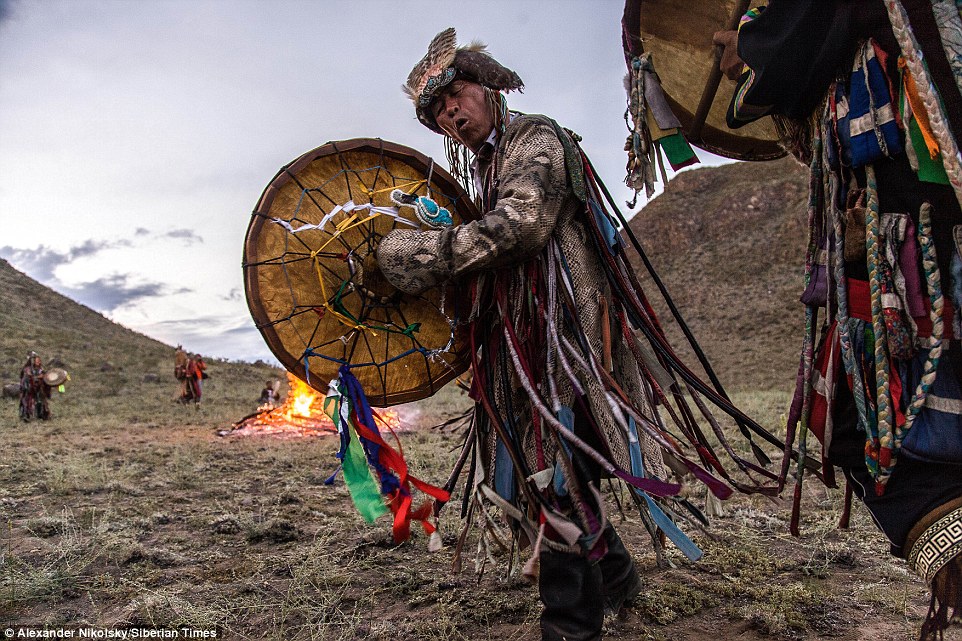
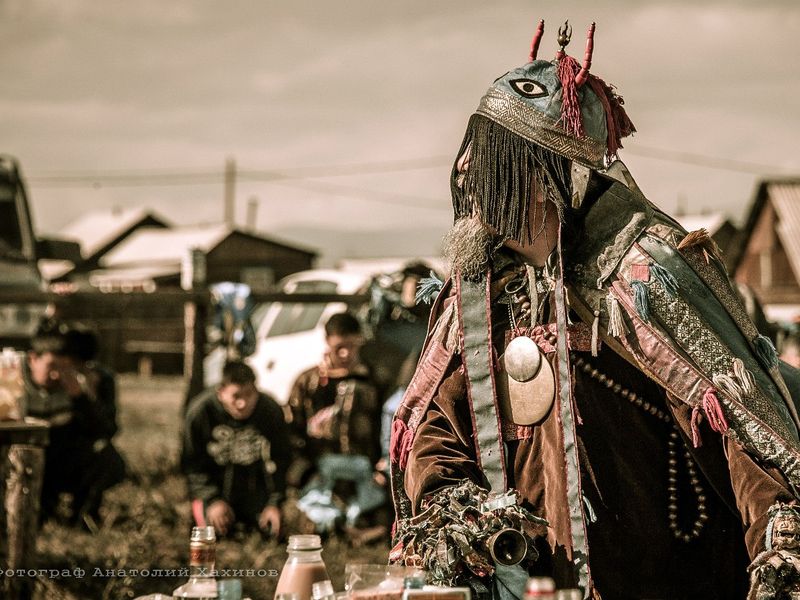
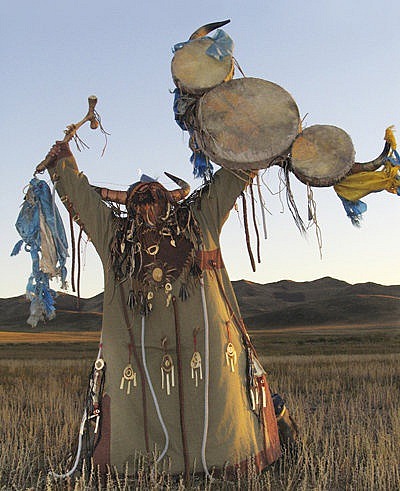
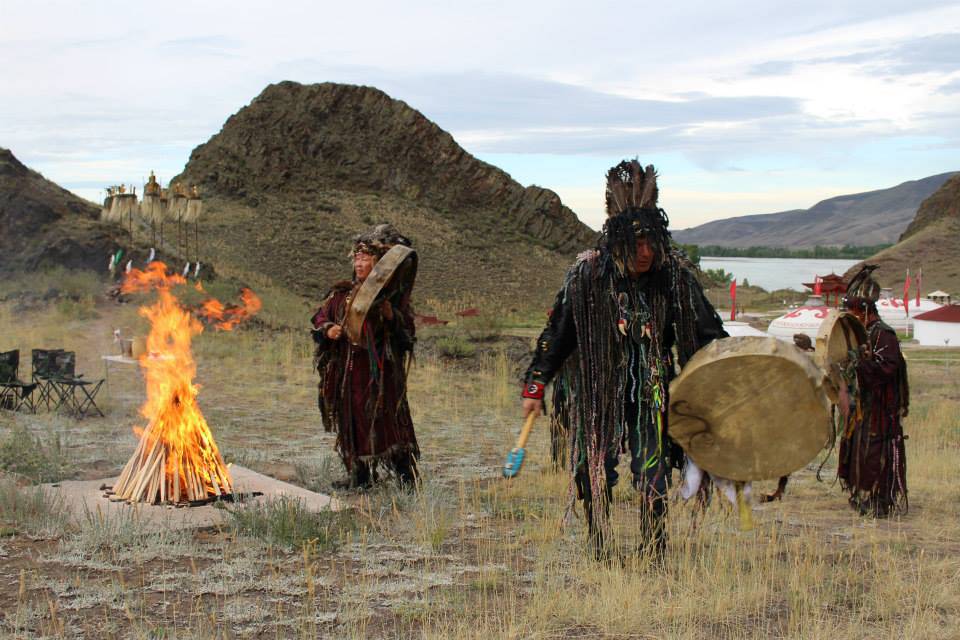
And some more really nice paintings of the Xiognu:
SpoilerAlso remember that these Xiognu lived in close proximity to, sedentary populations, which they often dominated, including the (northern) Chinese, and Silk Road cities. These urban populations would have provided the Xiognu with some of their equipment, and influenced them culturally and materially.
-
@Tiber7 Imagine a young and inexperienced Roman soldier, caught out of formation, in complete panic over the furious horde of frenzied Kushites storming his position... He just lost his nerve and forgot training

-
@LordGood One annoying remark I have is that the Roman soldiers look pre-Marian reforms, and this scene takes place between 24BC and 27BC -ish...
-
@LordGood I'm speechless... Looks amazing as it is, please do finish it though

History is being made here people! This is the first painting to depict a battle, up close, between the Romans and Kushites, to have ever been published to my knowledge!
History is being made here!
-
The Alabastron of Kush
Alabastron are a type of luxery pottery, common in the ancient world, which were originally developed in Egypt. They generally have a flat rimmed top, thin neck and a long, rounded bottom. They were often used to hold oils and perfumes. The Alabastron of ancient Egypt (and Kush) are made from a specific type of Alabaster (hence the name), a soft mineral rock, which can be shaped to be as thin as an eggshell. They are basically some of the finest types of ancient pottery. It seems that most of the Alabaster used for the production of these vessels found in Kush, throughout the Napatan and Meroitic period, originate from Egypt. This type of rock is only thought to be found there. The vessels may have been already shaped in Egypt, before export, only for the Kushites to apply the finishing touches. They added cartouches, other inscriptions and carvings, and golden, silver and bronze decorations to the rims of some of these vessels, using typically Kushite metallurgy techniques.
I first came across a significant collection of the alabastron from Kush, reading through a pdf discussing the composition, and origin of the material used in the production of the examples from King Aspelta's tomb. It also discusses some of the international contacts of the Kushites in the ancient world, and can be read here:
http://www.gizapyramids.org/static/pdf library/bmfa_pdfs/jmfa06_1994_14to40.pdf
The Alabastron of Kush:
SpoilerFirstly, a small selection from the hoard of the Napatan King, Aspelta, featuring solid gold objects, as well as many other treasures, to put the alabastron in context.
Details on one of the finest Kushite Alabastron ever excavated, featuring typically Kushite metallurgy techniques, seen in much of their jewellery, and cartouches bearing the King's name.
And a variety of others, from Napata and Meroe:
-
 1
1
-
-
This guy actually used 0AD music, as the soundtrack for his airial shots of the ruins of Kabyle, one of Thrace's most important cities. Although I don't know what time-period these ruins date from.
-
 2
2
-
-
The Kingdom of Kush: The Roman bronze lamps and silver goblet
From the pyramids of Meroe, I present 4 Roman bronze oil lamps, in exquisite state. Bronze oil lamps of Meroitic manufacture are also known, but are distinct from these imported Roman examples. These lamps are from at least three different tombs. Interestingly, a large number of other Roman lamps from around the empire are shaped in the form of stereotyped African heads.
One of the most intriguing Roman objects from yet another pyramid at Meroe, is the silver Roman goblet, probably depicting Emperor Augustus in a judgement scene. Quite possibly one of the items looted from Aswan, Philae or Elephantine, in the war with Rome, or a later more peaceful acquisition through the exchange of royal gifts, between the two states.
The amount and quality of items from ancient Kush, of both magnificent local manufacture, as well as high quality, foreign luxury imports, keeps astounding me. The level of artisanry reached by the craftsmen of the Royal workshops, their architectural wonders and their often intense interactions which other major powers of classical antiquity, and their continued ability to resist foreign invaders and maintain their territorial and political integrity for such a long time, completely reshaped my understanding of Sudanese history. These people didn't live on the fringes of the known world, Meroe was an international metropolis in it's own right. They didn't just imitate ancient Egypt, they inherited it, and adapted it through the ages. For more than 1350 years after the collapse of the New Kingdom, The Kings of Kush were crowned as the beloved sons of Amen-Re, Kings of Upper and Lower Egypt. If only in name, they definitely tried their best to live up to the reputation of Pharaohs of the Two Lands.
These items are all from the mfa, Boston collection.
SpoilerAnd finally, the Roman silver goblet, probably depicting Augustus, with some context for those that are interested:
"Exquisitely crafted and unusually well preserved silver goblet with a judgement scene in raised relief. The subject has been interpreted in various ways by scholars. Whether the scene is a mythological judgement scene, or a historical one, it shows all the elements and participants of a real Roman court: the raised tribunal, the sella curulis – the typical insignia of a Roman magistrate –, the judge himself, clad in the toga, the executioner with his axe and two litigants.
The scene: A Roman emperor with features resembling Augustus, clad in a toga, sits on a throne, while a man in a sleeveless tunic approaches him holding an axe with long handle. A woman turns to both figures with her arms upraised in a gesture of appeal, as two small children cling to her robe. Behind the woman is a striding man, dressed in a tunic and hooded coat. The scene has been interpreted as an allegory showing Augustus as the new pharaoh of Egypt, personified by the woman; as a judgement scene in which the woman has been comdemned and is about to be executed; as a representation of the legend of Bocchoris; as the judgment of King Creon from the Medea of Euripides; and even as an image of King Solomon. This goblet may have been seized by the Meroites in a military raid on Aswan in 24 BC.
Provenance
From Meroe, North Cemetery, in the debris of Pyramid Beg. N 2. 1922: excavated by the Harvard University–Boston Museum of Fine Arts Expedition; assigned to the MFA in the division of finds by the government of Sudan.; 1924: received by the MFA."
And the entire scene spread out:
The lamps: http://www.mfa.org/search?search_api_views_fulltext=nubia+lamp
The goblet: http://www.mfa.org/collections/object/goblet-with-relief-decoration-145865
-
The Horse trappings of Kush
I will present some of the often cited horse trappings from the horse graves of the pyramids at El Kurru, and a set of bridle rings from Meroe. They are remarkably intact examples of horse-decorations and clearly illustrate the ostentatious nature of Kushite Kingship and cavalry traditions. The materials used in their production is bronze, silver faience and cowry shells. Many of these pieces were found around the necks of the buried horses, and in combination with the earlier posted silver and bronze horse trappings, and bells, would have been majestic spectacles of wealth. These images were sourced from the gift that keeps on giving, the Museum of Fine Arts in Boston: http://www.mfa.org/search?search_api_views_fulltext=nubia+horse
SpoilerFrom around the horses' neck:
Blue-green faience horse trappings, composed of Hathor heads, jasmine pendants, ball beads and cartouches strung in a net.
Faience horse trappings composed of Hathor amulets.
String of 11 cartouches, in original order.
String composed of cowrie shells and eye of Horus (wedjat) beads.
String of 27 jasmine flower pendants and ring beads, made with faience.
Hathor beads on string
Detail of faience horse horse trappings, on a string. The Wedjat is visible.
Other pieces:
16 decayed silver amulets in the form of Hathor heads
Faience ball beads with depictions of the Wedjat.
Three sets of string with 12 bronze ball beads each
A set of bridle rings from the grave of queen Amanikhatashan
And finally, the most remarkable piece, a plume holder for a horse's bridle, made of gilded silver, in the form of a falcon's head with a sun disc, on a papyrus capital. These people rode in style...
-
I think the Greek looking, rectangular public structures from Seuthopolis, yes, and round rural buildings perhaps, but only wooden shingles, I think. Thatch would be more common in rural setting.
-
 1
1
-
-
And maybe you should showcase your models in a context, a simple environment, and play with light settings to really show them off a bit...
-
@stanislas69 I think the model looks just like a building that would have stood in the Thracian Seuthopolis. You did a great job! As with everything in 0AD, the job is never done... You've definitely improved a lot, from what I've seen. I'm no expert, but I think textures are pretty hard, even for the most experienced artists. I think the texture on your tower looks really good by the way!
-
Obviously pathfinding and graphics are both very important. Working on either doesn't exclude the other. Especially if certain techniques in one field can benefit the other. Those in the graphics department need to do the best they can, and those in the pathfinding/coding department just the same. I think they're both absolute priorities for 0AD.
-
Level of Detail is a must have, in my opinion. Isn't that the only way of showcasing all that beautiful details of the models, when zooming in, without crashing the computer when zooming out?
-
Yes, the second point is how do we get passed those performance issues? Other games have created massive scale, natural and realistic maps before, why can't 0AD create playable maps like that, without sacrificing beauty? 0AD has become a platform to create naturalistic art! It just needs to become playable, for the game to reach it's true potential.
I remember the guy who created that map saying something like being able to reach 50 pop or something on that map before lagging out, so many years ago... I believe we could do better today.
-
The Stelae of Kush
In this post I'll provide images of some of the many stelae of Kush, found outside temples, palaces and tombs. In the Napatan period, they were written in Hieroglyphic script, and in the Meroitic period they were written in the unintelligible Meroitic script. Full of religious invocations and symbology, they often also leave behind a record of the person that commissioned them, the specific amounts and types of offerings to temples they made, military campaigns, building works and even their genealogy.
These stelae will be an important prop, that needs to be modelled for the game. They will flank the doorways of temples, the CC and wonder. Anyone up for that? They're round topped, rectangular stealae, varying in height from about 30 cm, to 2,5 meters! I think for the game, a 1,5m tall stela, slightly shorter than a doorway, will do. The meroitic script will be too small to see in game (represented by some faint lines perhaps), but one important element needs to be seen, which is a semi circular winged solar disk, flanked by uraei, at the rounded top of the stela. Most of these examples feature these wings of Horus, solar disk, and cobras hanging from the disk. It is called Behedeti.
The stelae of Kush:
SpoilerThe funerary stela of King Aspelta:
The Stele of Prince Tedeken:
The famous Hamadab stela. 45 Rows of incised, cursive Meroitic inscriptions mentioning Queen Amanirenas, "King" Akinidad, and even the conflict with Rome. Once The Meroitic script is translated, this stone will provide a wealth of information, and a different perspective on the war with Rome:
Stela of Queen Amanishakheto and the goddess Amesemi, in an intimate embrace, carved from sandstone, from the Amun temple at Naqa:
Upper fragment of a stele inscribed stone in Meroitic script, found at a lion temple in 1910. In this example the solar disc is replaced by a scarab, holding the disk:
Amanibakhi stela, featuring Mut and Osiris:
Rare, Unfinished rectangular stele in the form of a false door, showing king Anlamani before the seated god Osiris, with a table of offerings between them:
Victory stele of King Tanyidemani:
Victory stele of King Tanyidamani (c. 100BCE), detail of the top part. Particularly interesting piece in regard to the Khopesh. It's written in Meroitic, so we don't know the exact content of it. But if its anything like the stelae written in Hieroglyphics, and the top scene featuring the King with Amun and Mut suggests it is, there's good reason to believe there's going to be something in there about the mighty Khopesh of Amun, how he gives it to Tanyidamani, and how Amun made Tanyidamani's Khopesh crushing, and so on... If you look closely at the relief on the top (right half), you will actually see Amun, handing a slightly curved blade, bent at the top, and slightly offset from the handle (with a symbolic(?) circle), to King Tanyidamani, and the king subsequently using the same slightly curved blade, and bent at the top, to execute a prisoner. I believe this is an artistic, stylised depiction of the Khopesh! A third, independent, period reference of the Khopesh in Kush, during 0AD's timeframe. It's also interesting for the depiction of a dog, at the Kings' side, tearing away at his enemy. Together with the plaque showing Arikankharer and his dog mauling a prisoner, it's the second clear illustration of dogs in this militaristic/ritual context.
Back of the victory stele of King TanyidAmani. This is interesting for two reasons. It shows both the human form of Amun (Amun of Thebes) and the Ram-headed form of Amun (Amun of Napata). It also shows the King wearing an entire leopard cloth, legs, tail, head and all, draped across his shoulder, hanging down his side, as well as a longer, almost ankle length garment, popular among Meroitic nobles. And those sandals of course...
-
Yes, realistic and good looking maps for the win! Naturalism adds so much to the immersion felt by by players, which is something that should be a top priority, aside from the incessant balancing discussions.
I always wondered if it isn't possible to have well balanced, and relatively flat area's, for the beginning CC's, so everybody gets a fair chance to start, but wildly varying, extremely natural hinterlands? And these two elements should integrate seamlessly, I'm talking realistic glowing hills, valleys, mountains, thick forests, open meadows, little streams, swamps and scorched areas, plateaus and depressions... No recurring patterns of any sort, and meticulously painted (overlapping) ground-textures.
Quite a number of impressive maps have been made by individuals over the years, and the best of those should be used as a benchmark for the rest of the maps. A total overhaul, focusing on natural terrain elevations and ground-textures would do magic for 0AD.
Some of the big immersion killers in my opinion, are the stretching of textures on hills and cliffs, and unnaturally shaped, inaccessible flat topped hills, a lack of more grasses and bushes, and not enough diversity in ground textures in some maps, monotonous patterns of forests. Not enough detail on the shorelines and vegetation around shorelines, and mines should really be integrated in rocky formations, not just plumped right next to your CC. I think it's completely out of context and awkward looking. I believe the secret to beauty lies in the details.
I believe the 0AD community should be focussing more on updating the aesthetics of the game, to make it more attractive. Don't get me wrong, the game looks amazing already, and people have done an amazing job so far, in so many fields, it's just that it could look even better with some very doable visual adjustments, especially in regard to realistic looking, natural maps.
Sorry, for my ramblings... But could anyone point me to the best tutorials on making maps for 0AD, and tell me what are the important pitfalls to avoid, things to watch? Basically the basics... Maybe I'll try making one myself (and probably regret the decission later
 )
)
-
 2
2
-
-
The Kingdom of Kush: The Stela of King Harsiotef (404-369BCE)
Anyone up for some more reading? I present the English translation of the Stela of King Harsiotef. Harsiotef was a Kushite king and possible father to King Nastasen and King Akhraten. He is known from the inscription on his stela, dated to his thirty-third regnal year, making him the longest known ruling King of Kush.
As with the Nastasen stela, this stela is written in a Napatan adaptation of Egyptian Hieroglyphs, and is therefore translatable, unlike the many stelae written in Meroitic script, from the third century BCE going. The Harsiotef stela has many stylistic similarities to the Nastasen stela, and has many similar peculiarities, owing to the Napatan dialect it was written in, and differentiating them from the earlier 25th dynasty inscriptions of Piye and Taharqa, which follow more orthodox Egyptian styles.
The text explains Harsiotef's divine right to rule, by a dream or a vision, and Amun of Napata, giving him the crown. It talks about his sacred duty to repair the collapsed temples and chapels. His endeavours to build new temples. It lists the large amounts of offerings to the Amun temple at Napata, including gold, silver, bronze, acacia wood, jewellery, decorated vessels and even a stall for long horned oxen. It states that "there was no town that I did not do work", and lists the many processions in different towns and cities where he let the gods "appear". The text also shows that well after the 25th Dynasty, these kings still considered themselves "Lord of two Lands", "King of upper and Lower Egypt", if only in title...
The text is noteworthy for the many military campaigns listed by Harsiotef, in all directions, as far as Aswan in the North, and the borders of Ethiopia to the South. Against the lands of Rehrehsa, Metete and Mehkty and against the rebels of Mekhuf... The most noteworthy military detail, is the extensive use of cavalry. No less than 4 times, does Harsiotef explicitly mention sending his cavalry against his enemies in 4 different campaigns. For example: "I sent my infantry and my cavalry against the rebels of Metete. They acted against 3 towns of Anreware to fight against, and made a great slaughter of it. They even took its lord prisoner and killed him". This is a clear, first hand account, written record of the use of cavalry in at least 4 campaigns of a single Kushite king. I'm surprised this hasn't been quoted more often.
Another interesting aspect, is the the word scimitar, which sees use twice in the text. For example:
"He came, the chief of the desert people Rehrehsa , Arawe, with his lord, right into Birawe (Meroe). I had battle joined and had him slaughtered a great slaughter; and he was defeated, and was driven off. I had him killed, Shaykara, when he came to plead for himself. Your awesomeness is good. Your scimitar is victorious. The chief at my side made him withdraw. He made my army and my cavalry safe"
What could this scimitar (sword with a curved blade) refer to? We're in luck once again! The text gives us the phonetic values for the entire hieroglyphic text, together with the translation. From this we can see that "Scimitar" is the translation of the Egyptian word ḫpš. Yes, you've guessed that correctly, it is more commonly written and pronounced as Khopesh! This is the second independent, first hand, written record of the khopesh in Kush, during 0AD's timeframe. (I've also found what I believe to be a crude depiction of the Khopesh in the stela of king Tanyidemani (around 100BCE), but more on that later)
The stela of King Horsiotef:
The actual translation, and interpretation:
SpoilerFontes Historiae Nubiorum II: The Annals of Harsiotef, English translation:
Either download the following pdf:
Or read online here:
http://www.earlheinrich.com/Ancient Nubia/_Private/FHN Harsiyotef.pdf
Ps: @wowgetoffyourcellphone, I love this, it's adorable!
Spoiler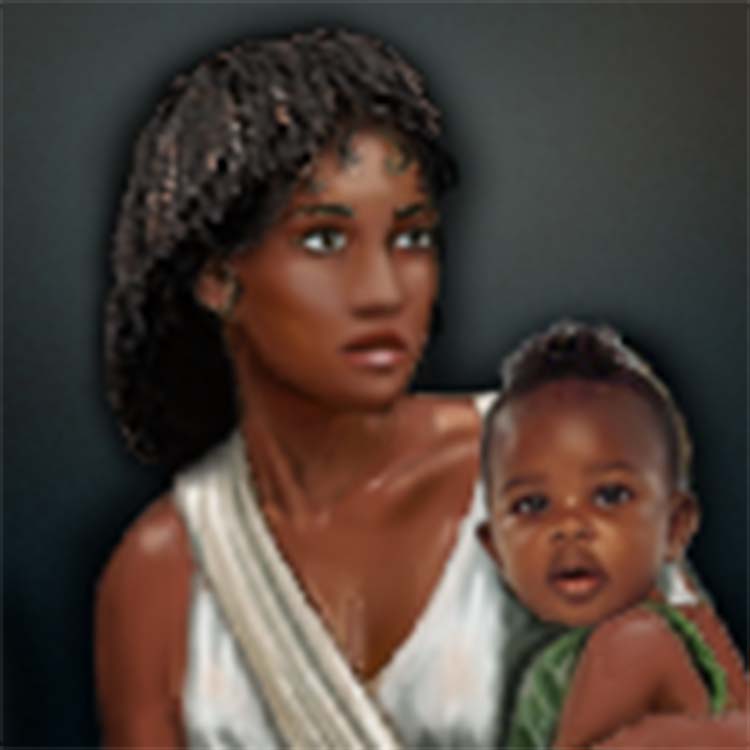
-
 2
2
-
-
@stanislas69 Hohohoooo, yes, I like it a lot!! Thank you for the effort

-
@stanislas69 would it be too much to rework the shape (of the blade and pummel), and add a (decorative) line along the length of the blade?
-
Basically yes...
-
They were originally made of bronze. The shape can be understood from the epsilon axe it evolved from.
Spoiler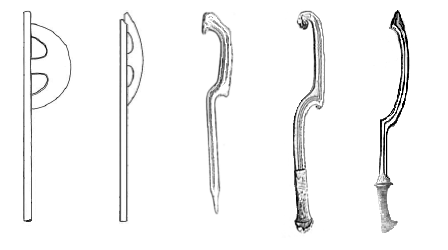
-
 1
1
-

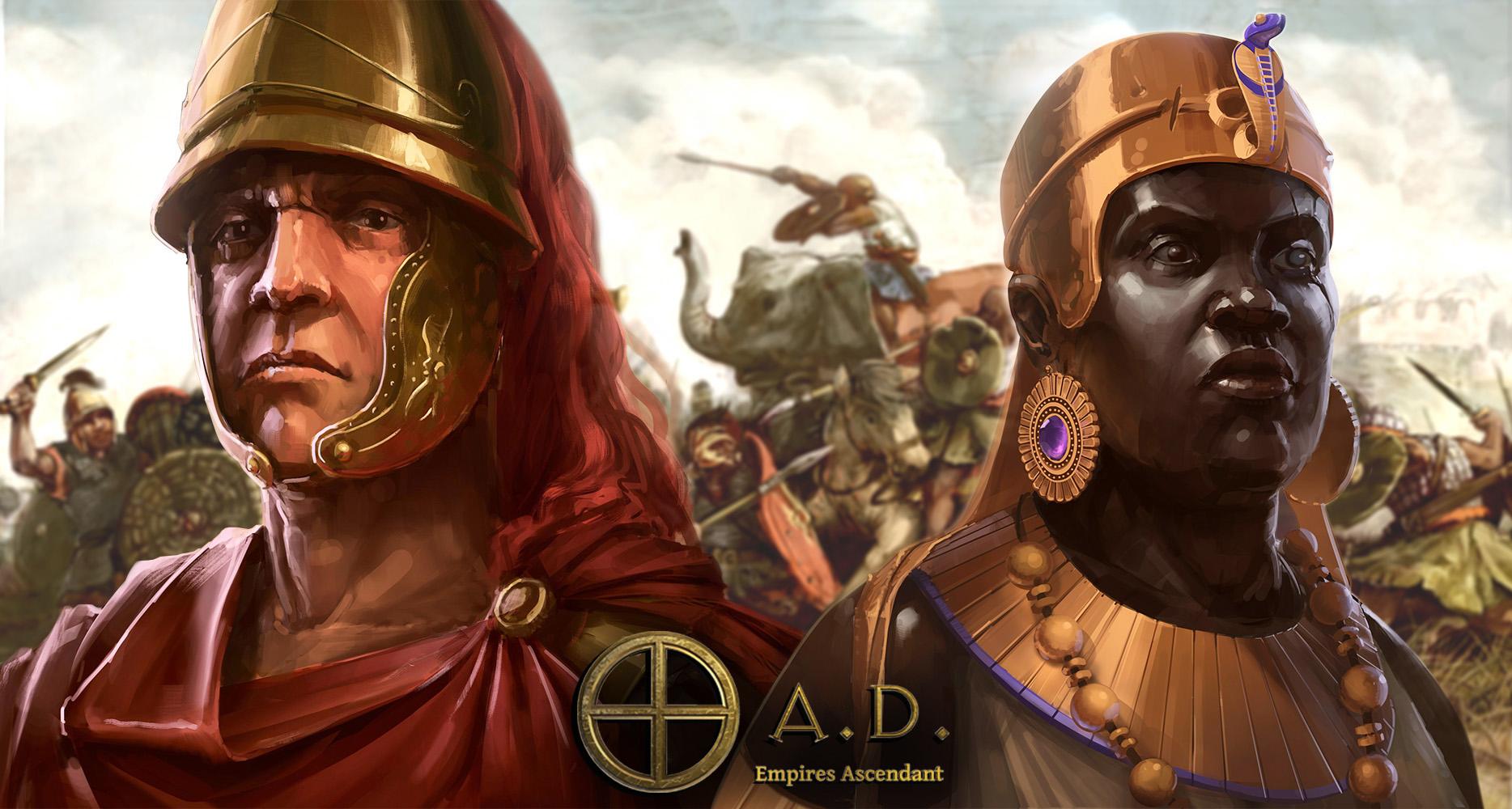

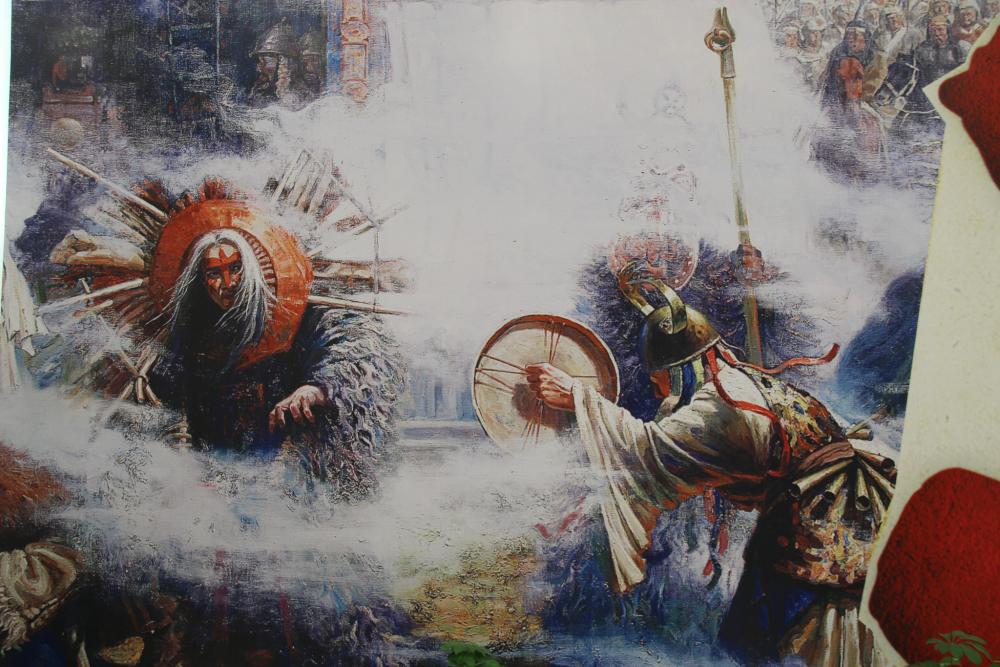
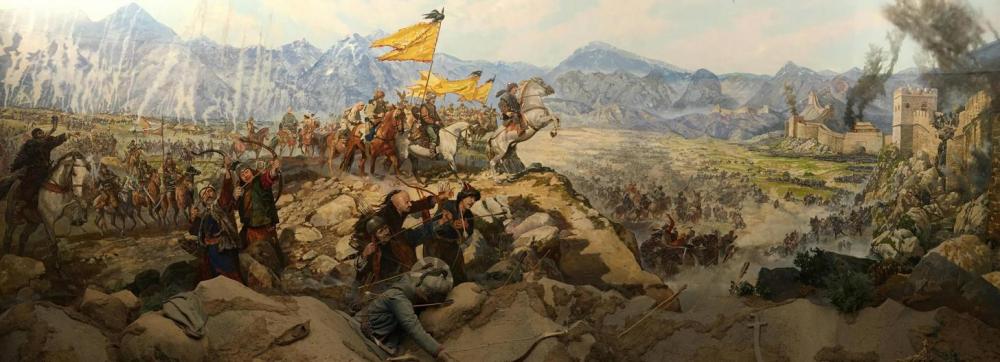
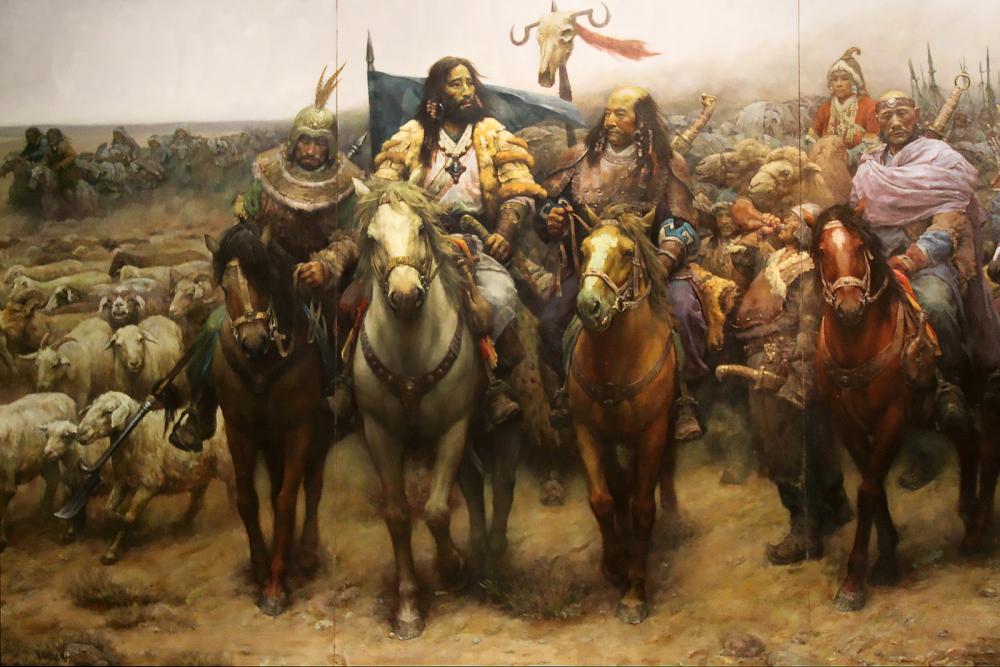
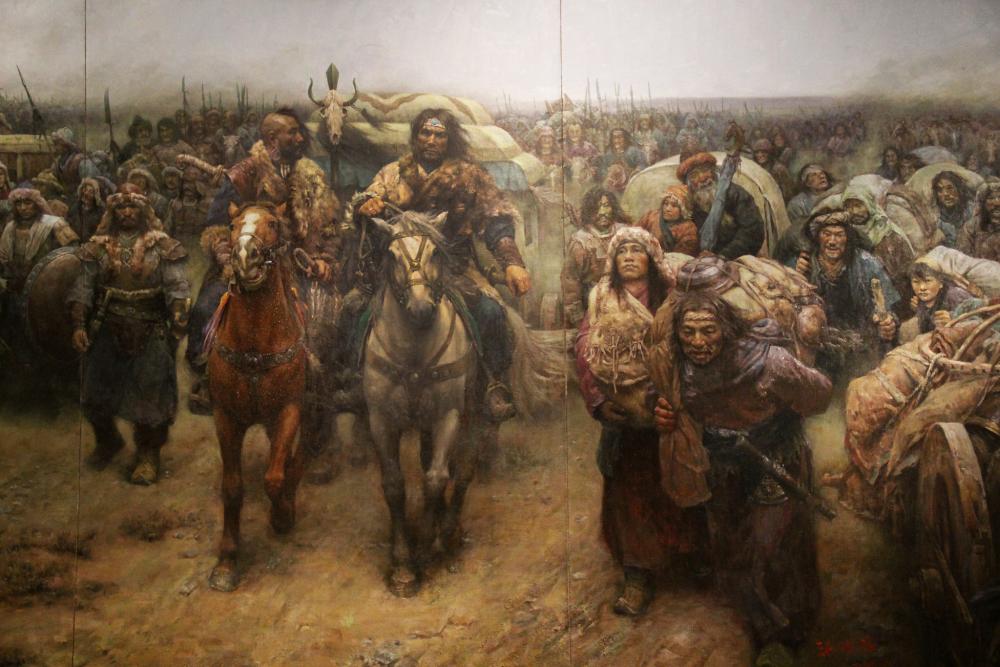
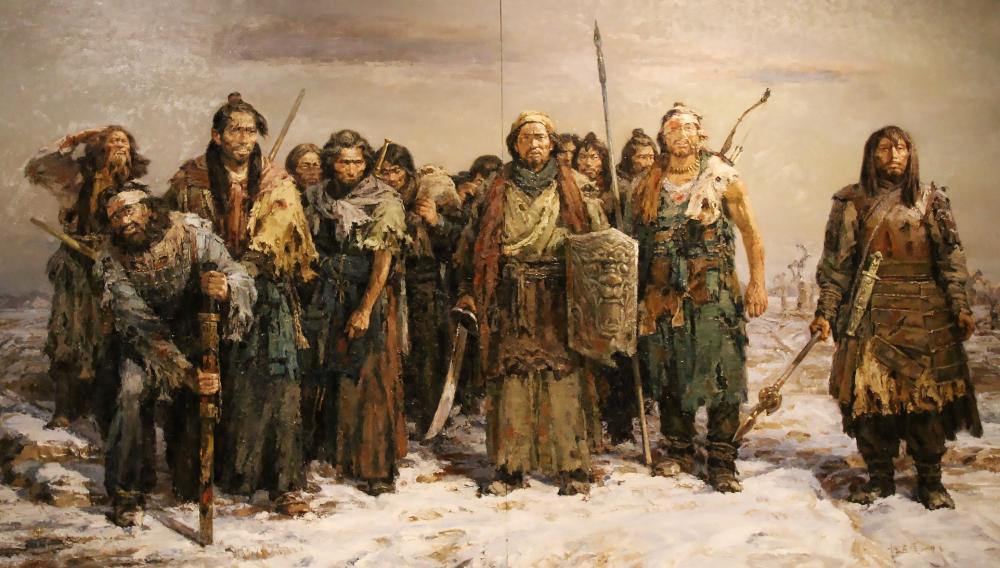
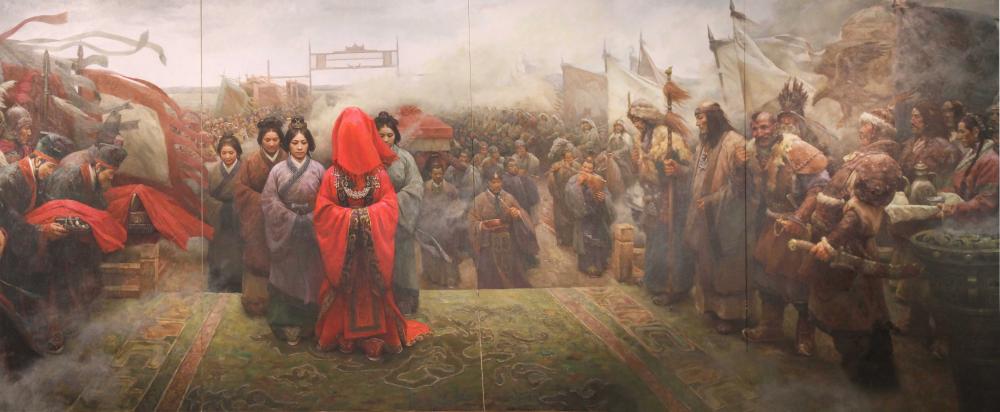
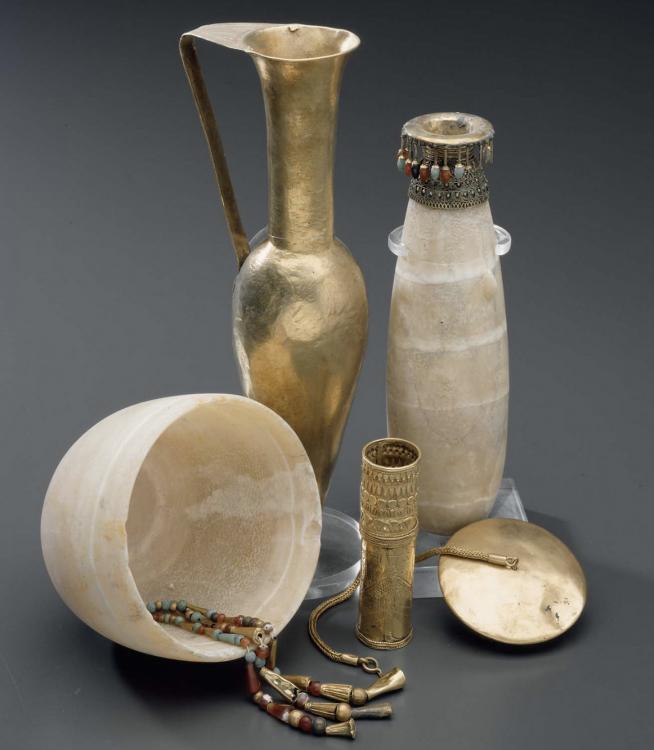
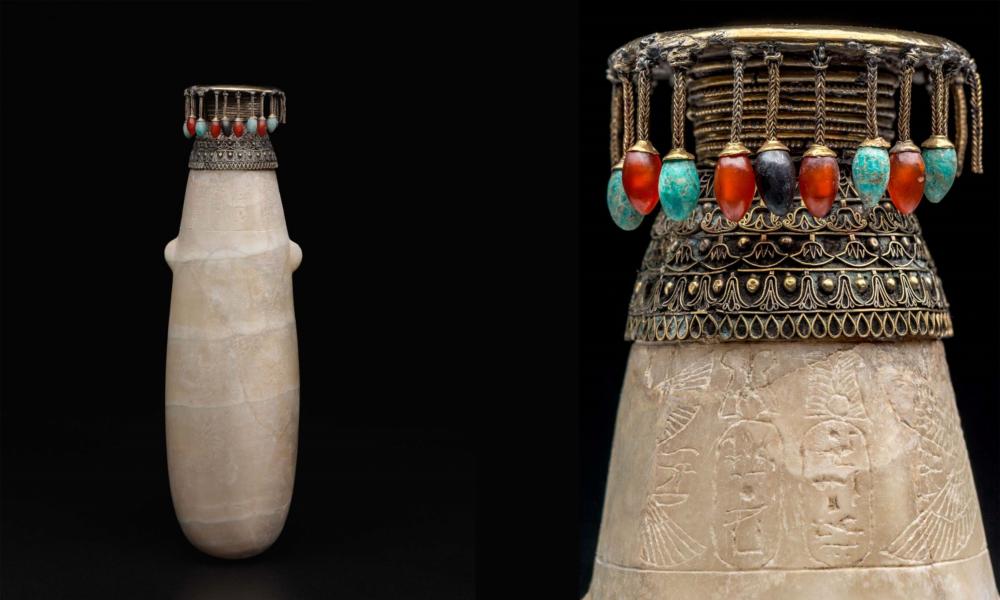
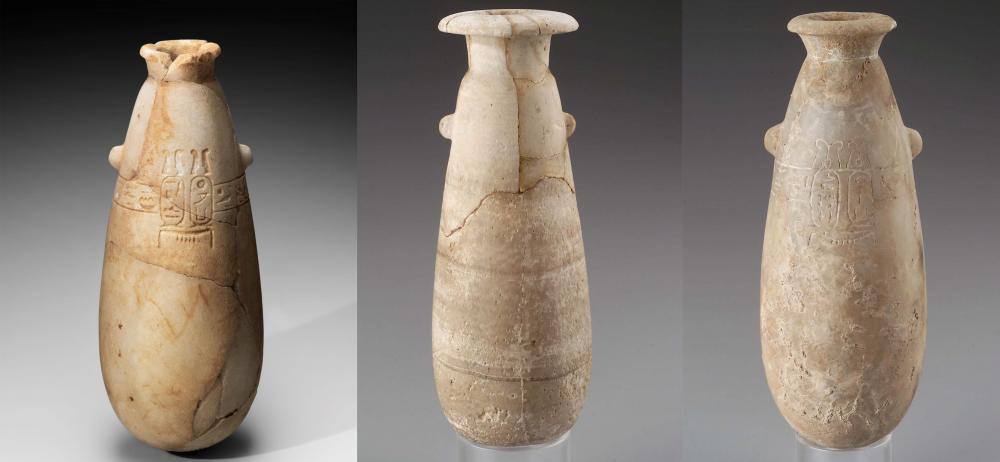
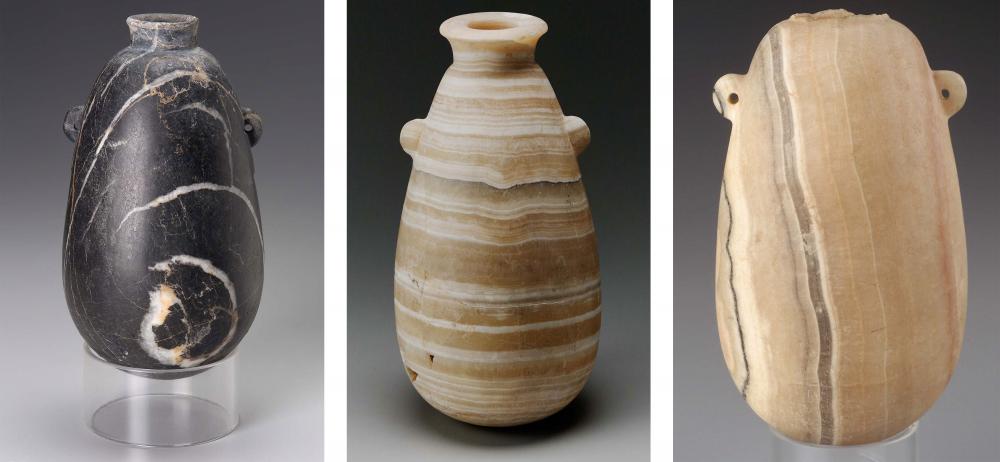
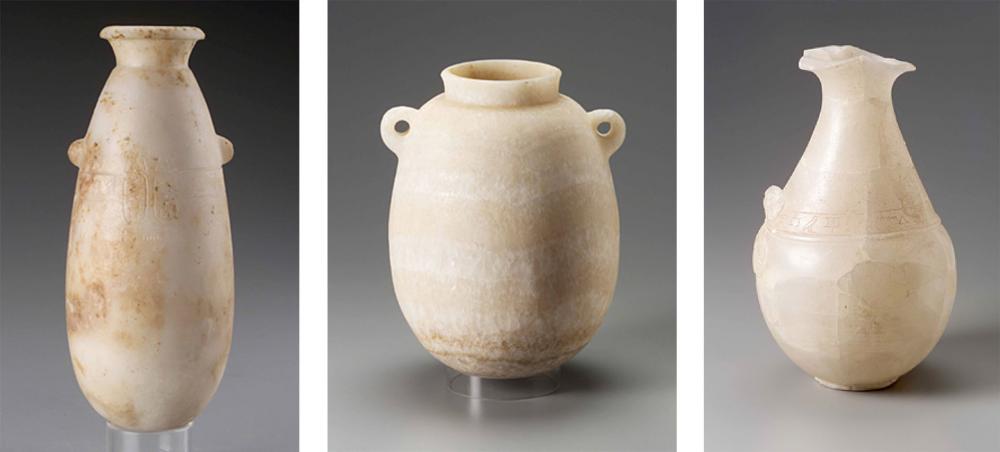
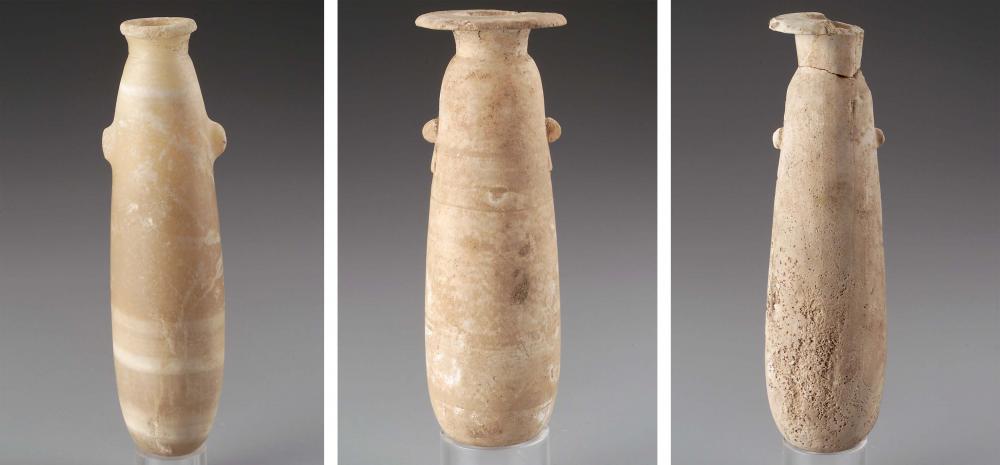
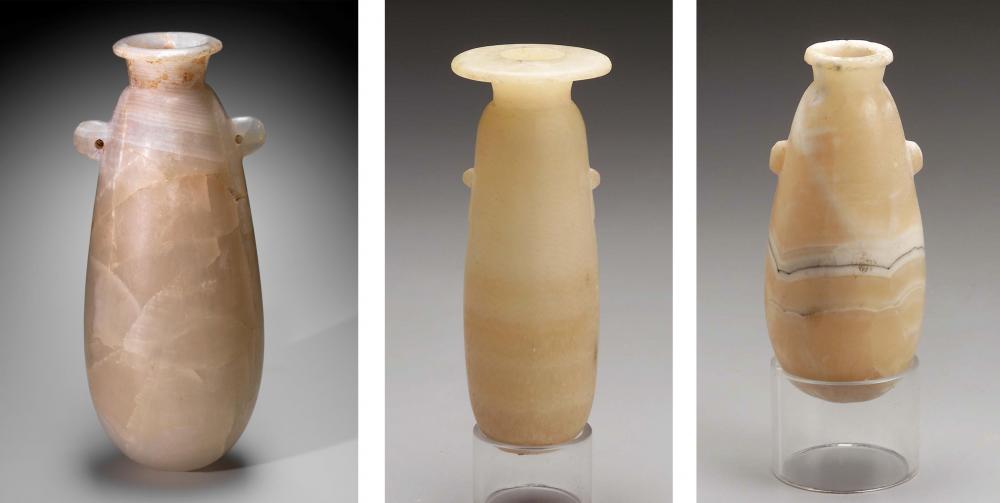
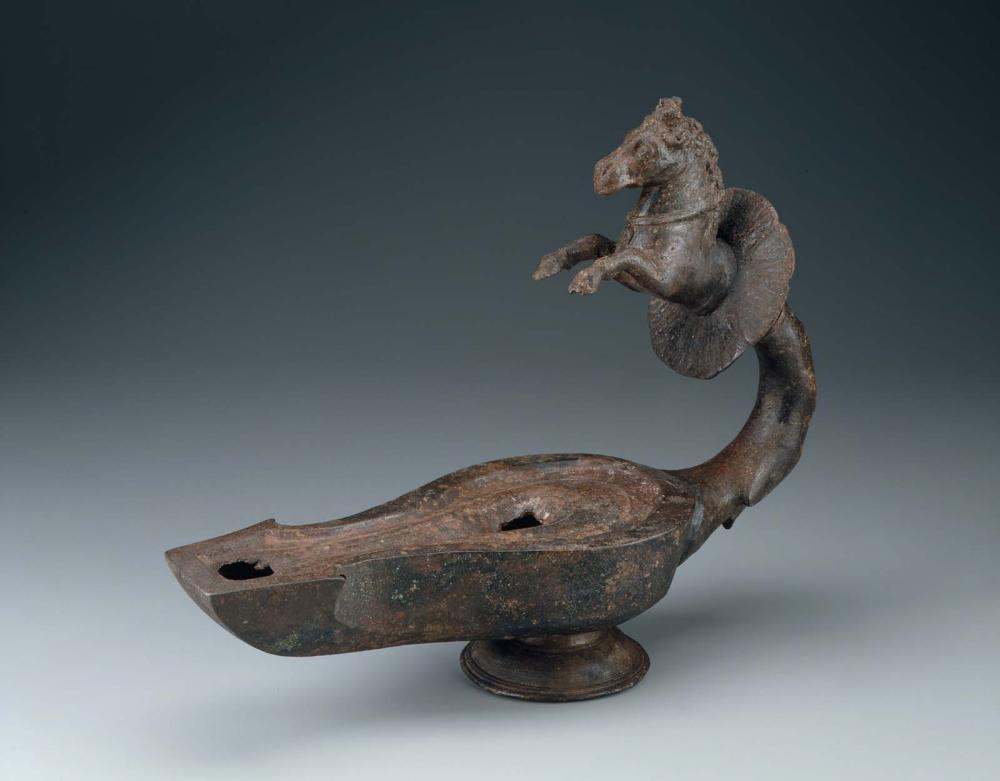
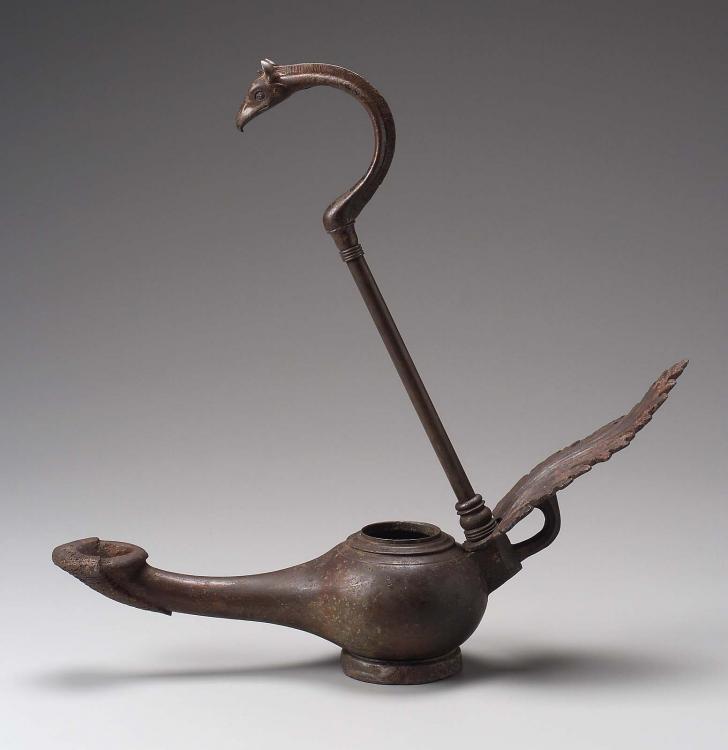
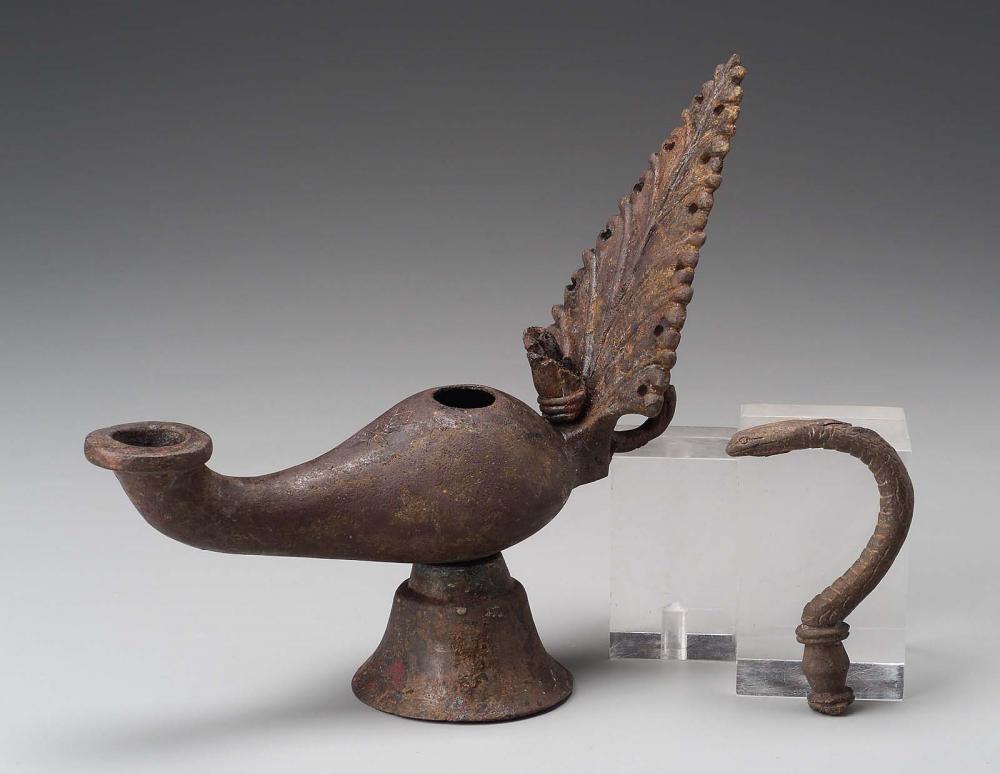
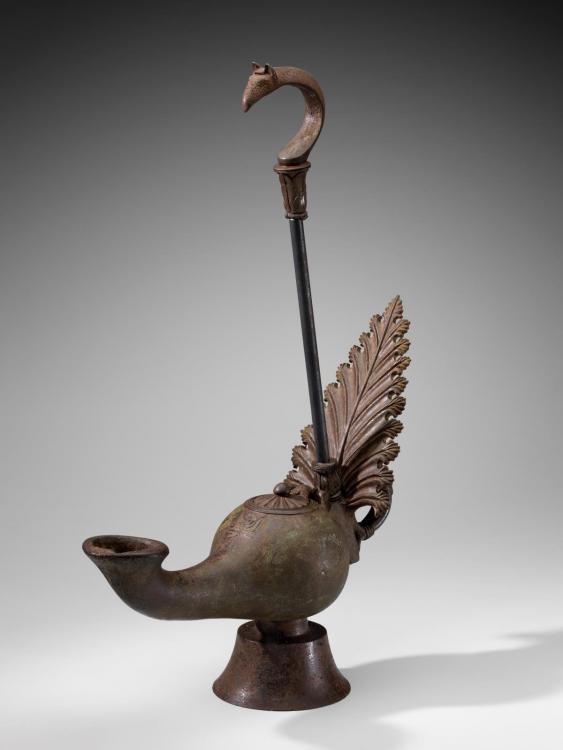
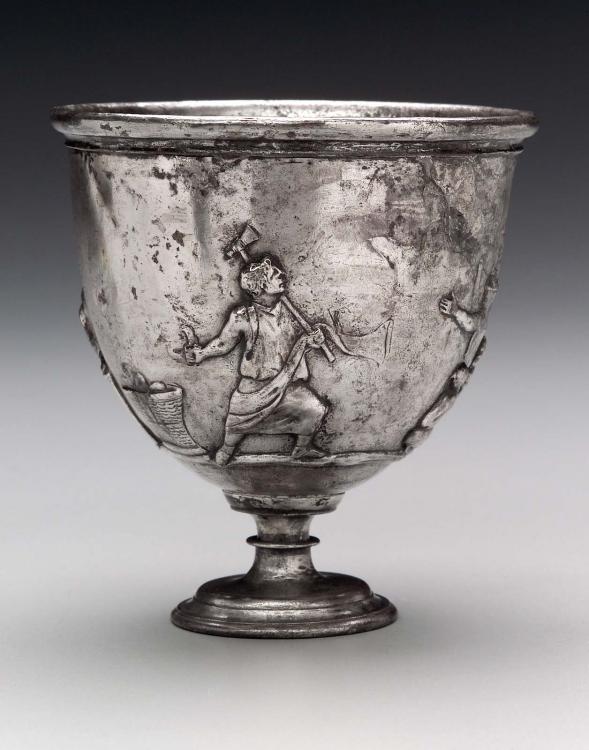
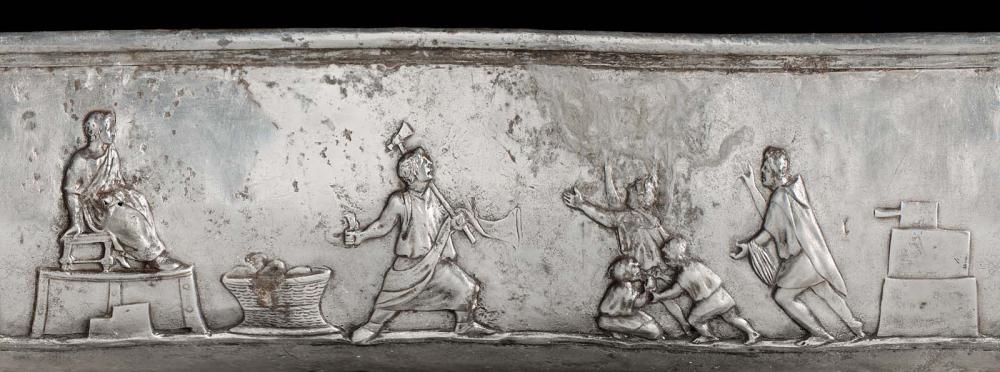
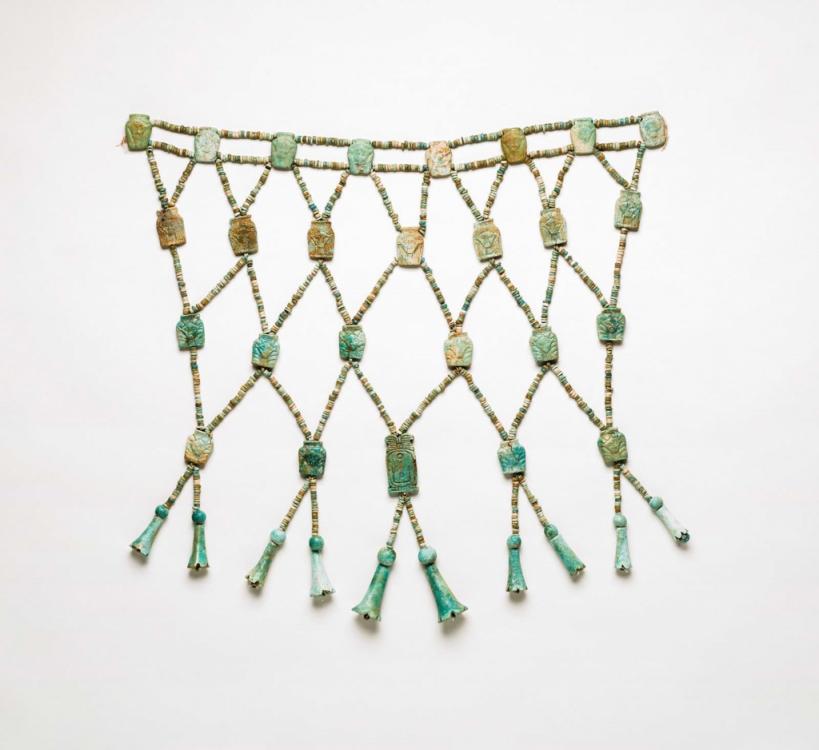
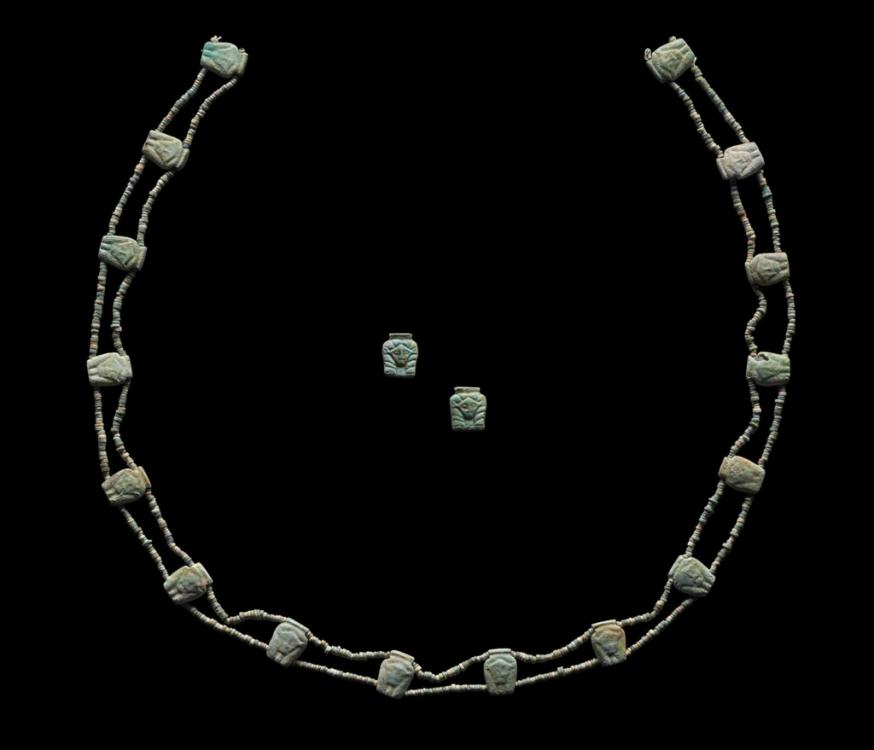
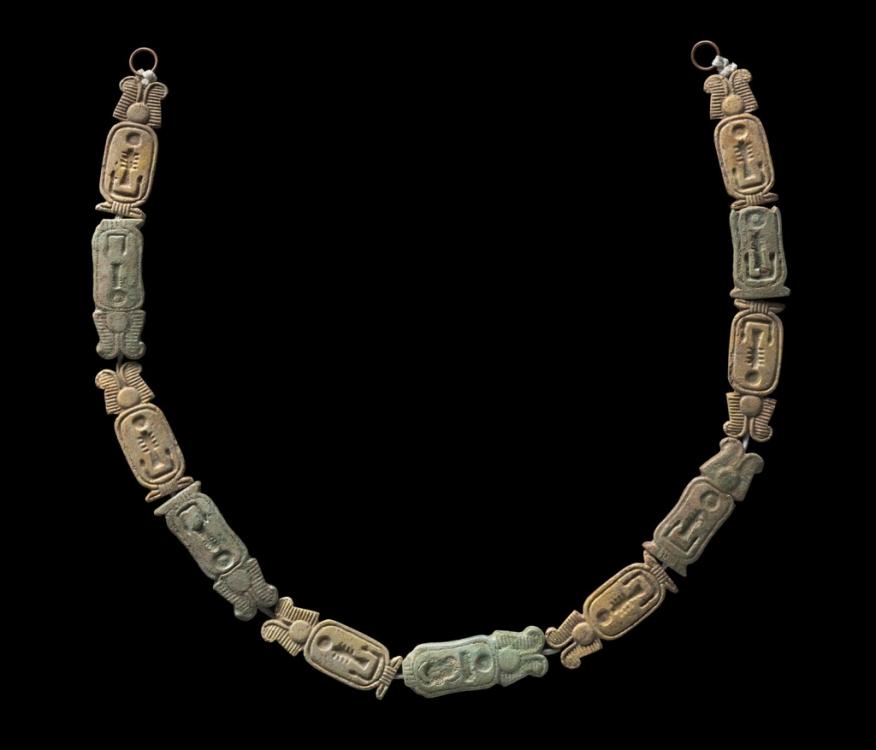
beadsfromhorsegraveelkurru.thumb.jpg.8b92e80ec502da4b4d97da93398ac900.jpg)
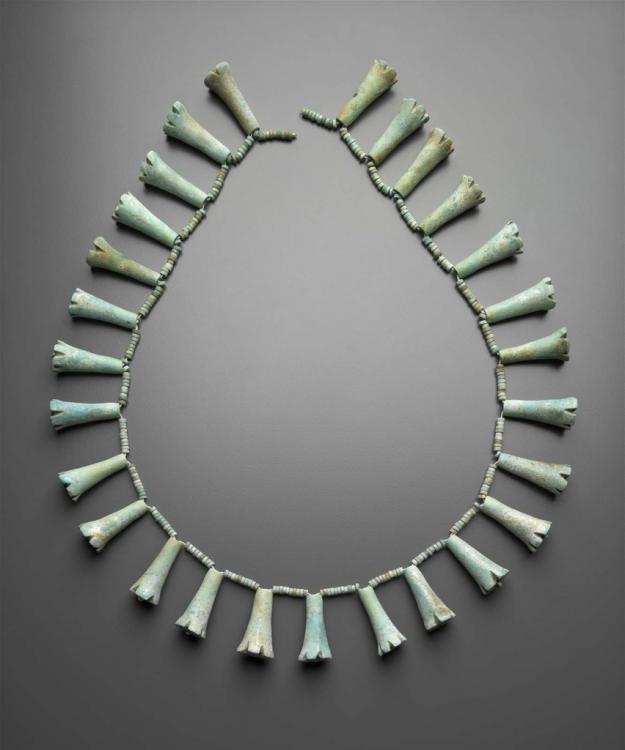
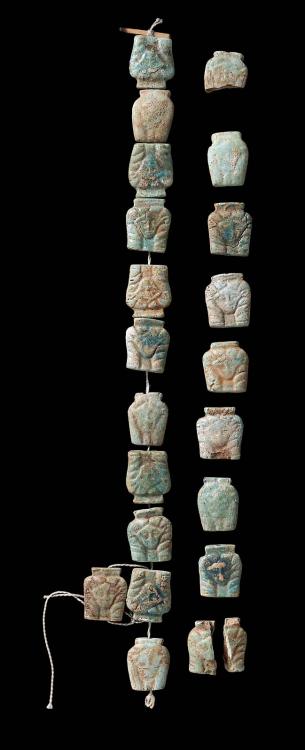

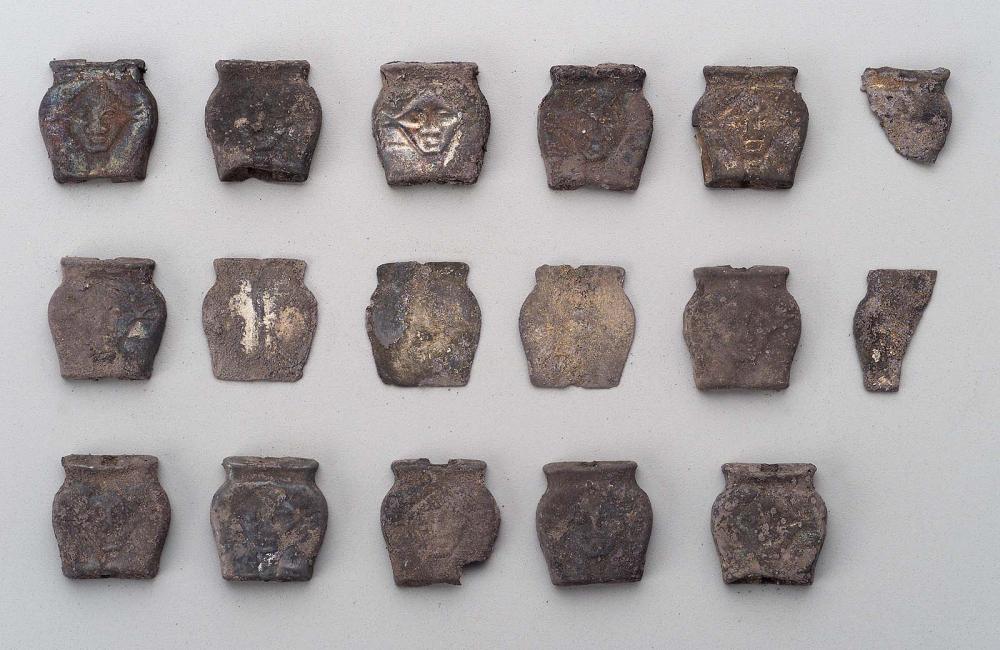
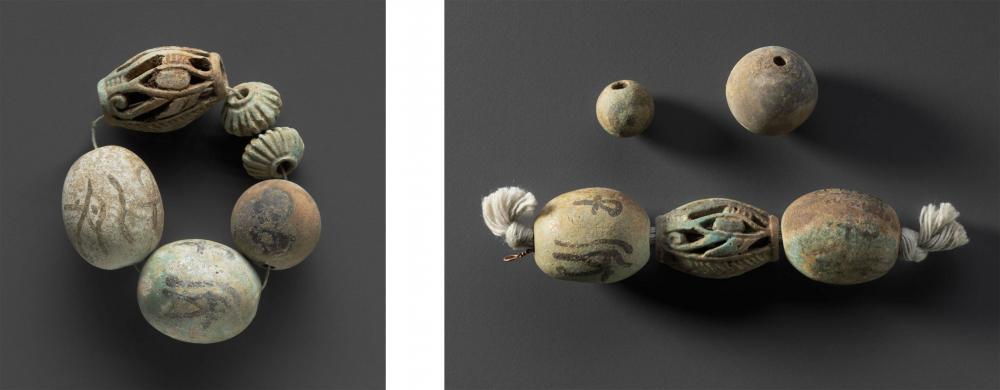

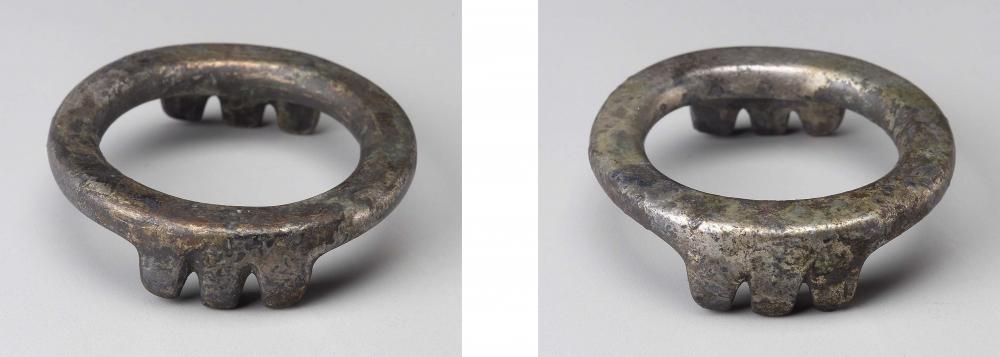
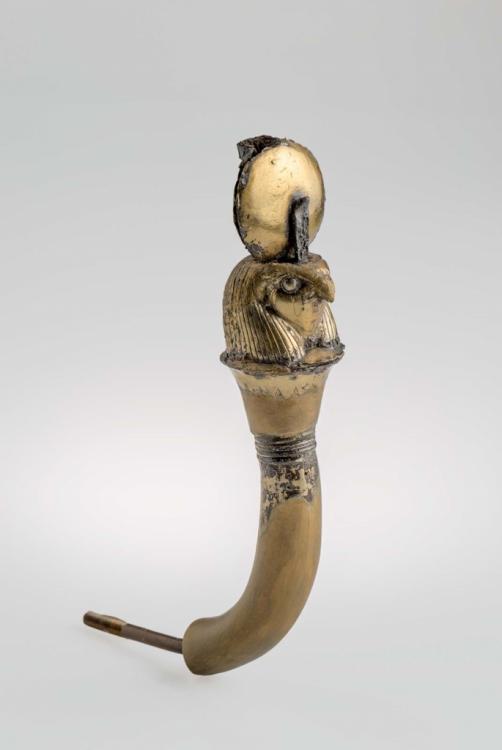
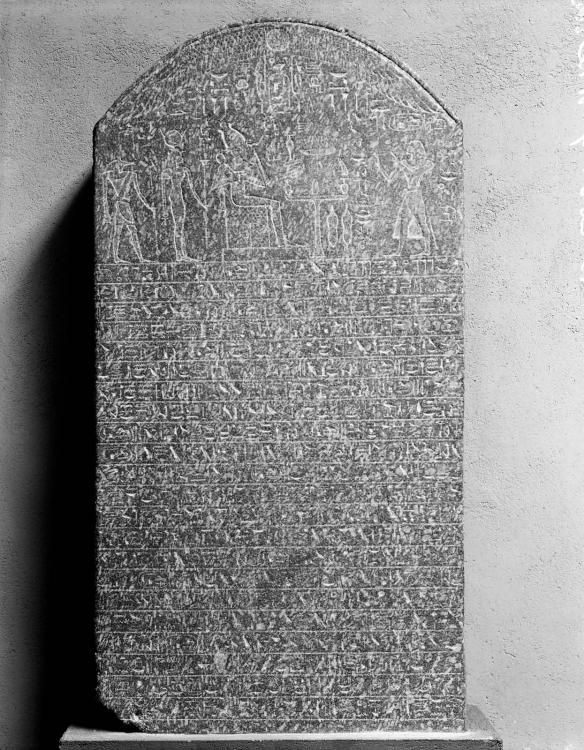
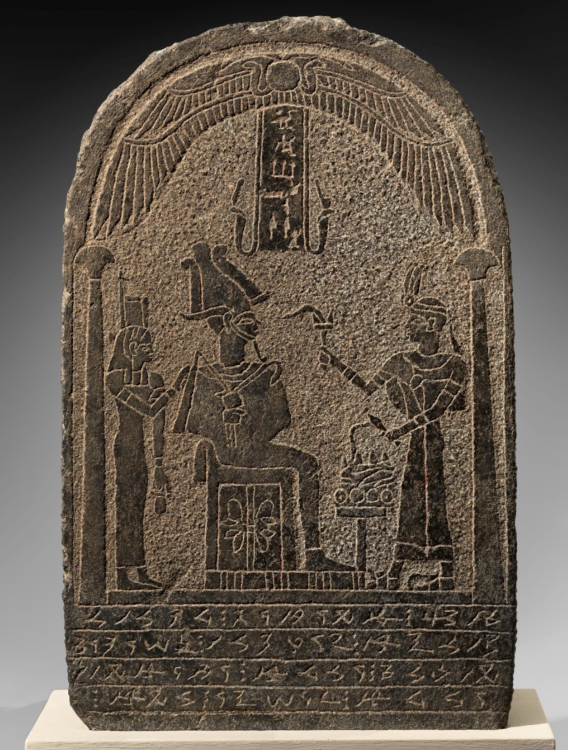
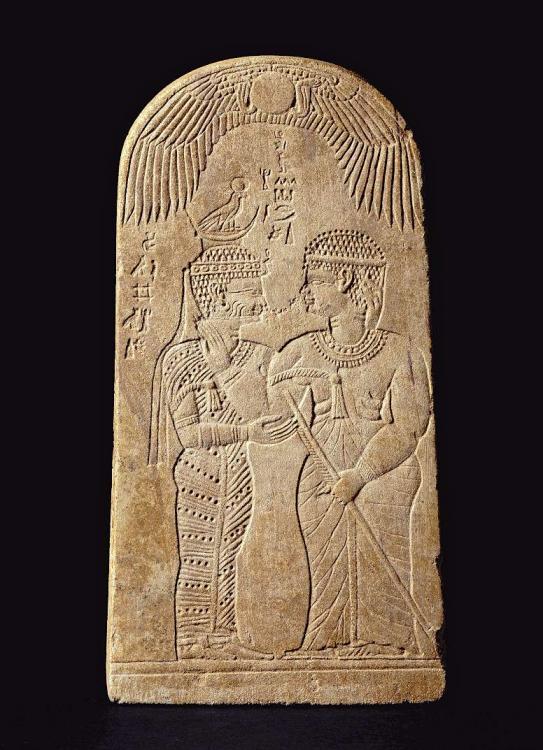
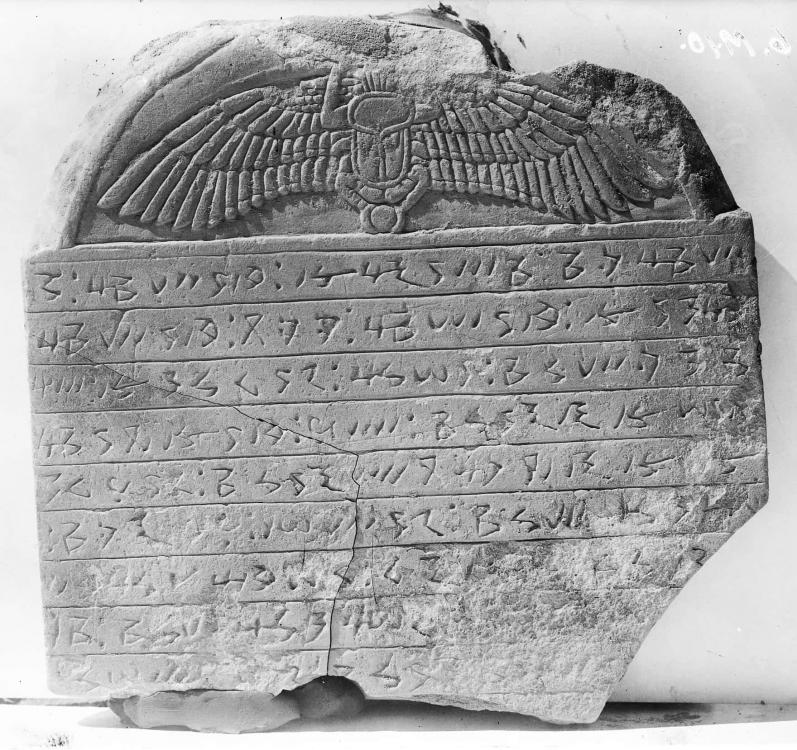
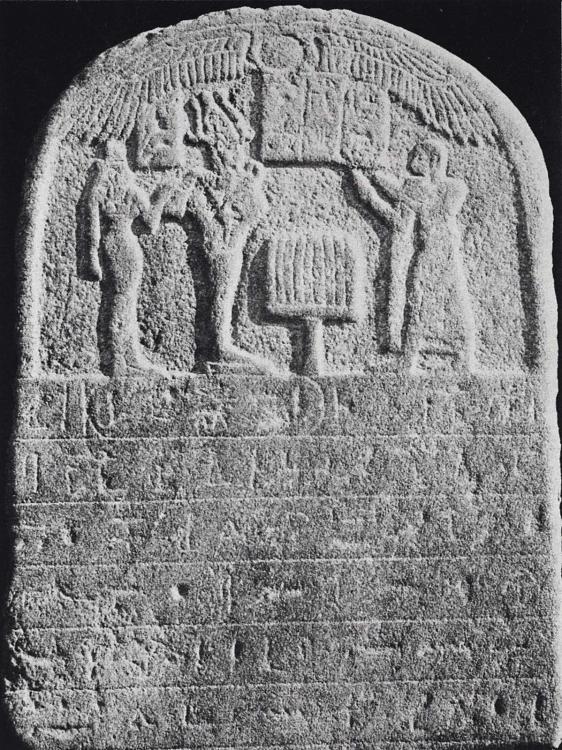
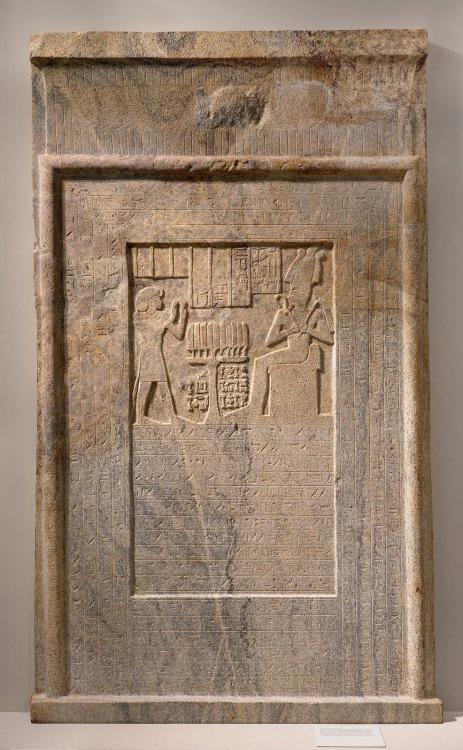
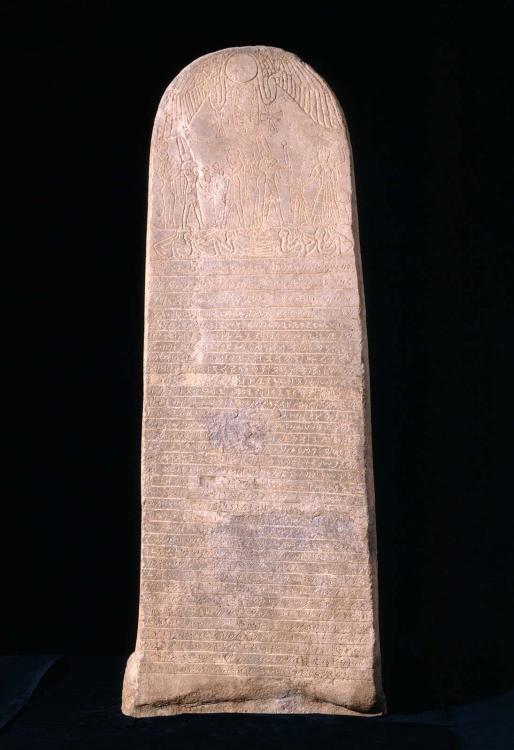
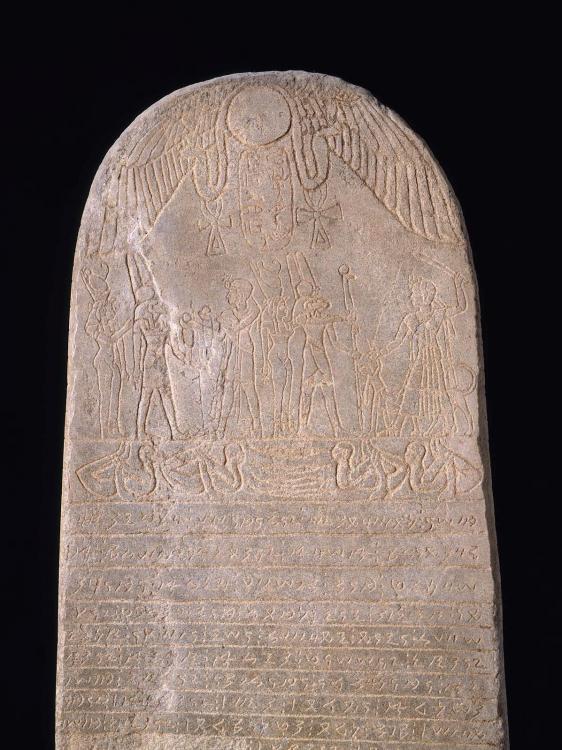
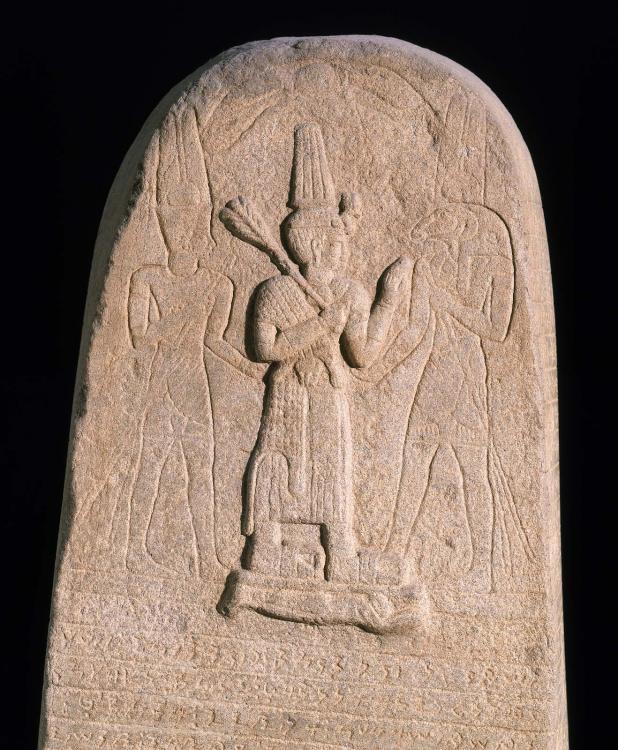
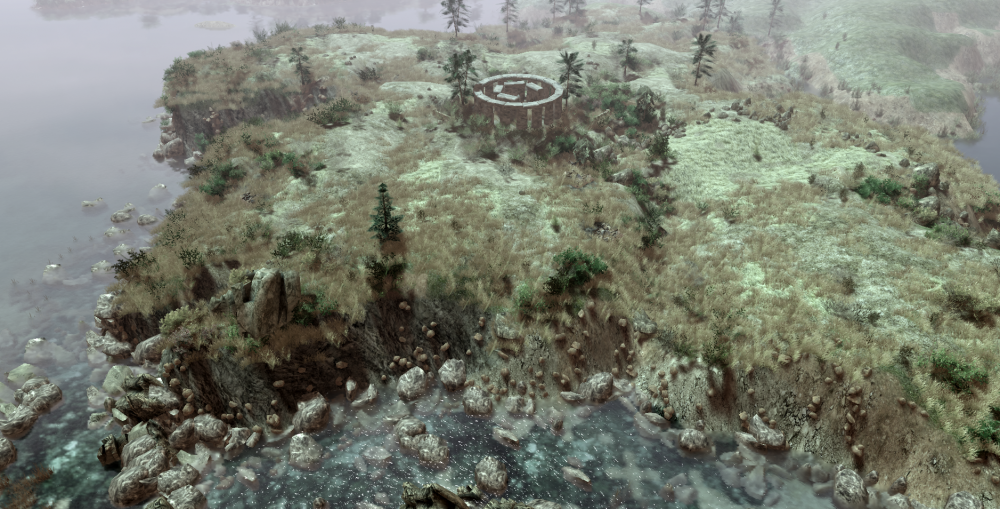
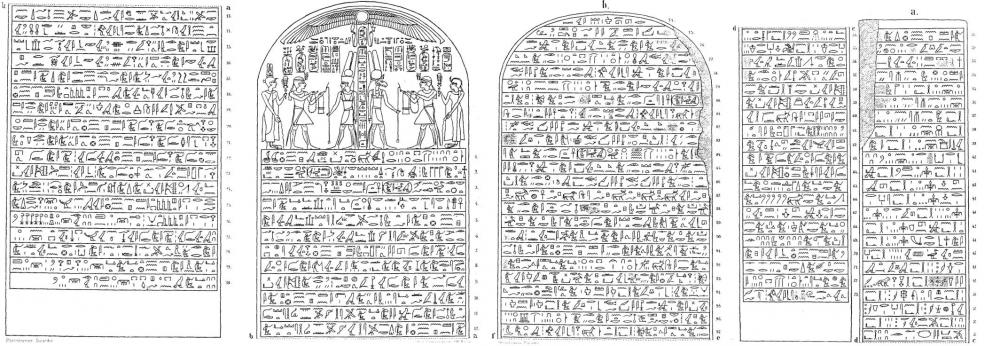
===[TASK]=== Kushite Units, Unit Textures, and Unit Props
in Official tasks
Posted · Edited by Sundiata
@LordGood Although for now, they're not in the list of units, they could/should be recruitable from the Apedemak temple. I'm definitely not opposed to epsilon axes. One of the total war mods that feature "Apedemak's faithful" also equips them with those axes..
The thing is, Kush has a relatively large list of potential units, and I don't really know where the limit is. I'd like to see as many as possible, but I'm scared people might complain about them becoming overpowered. Any thoughts?